The British series Happy Valley has been an outstanding triumph of great writing and brilliant acting. It returned after a long wait of almost 8 years for its 3rd and final season. It was worth the wait. There are spoilers ahead in this discussion.
I’ve talked about Happy Valley extensively on Old Ain’t Dead because I think it’s one of the greatest shows ever written. It stars Sarah Lancashire as Sergeant Catherine Cawood of the Yorkshire police. Hers is a brilliant performances. The complete 3rd series of this outstanding character’s story has all been posted on AMC+ and AcornTV for American viewers now, so I’m ready to write about it.
Let’s get started on my list of reasons to love the final season of this outstanding series.
Award Worthy Performances Elevate Happy Valley
The acting in this series is way up in the stratosphere, far above merely excellent. Sarah Lancashire, in particular, takes her character to such emotional depth and honesty that she should get a standing ovation after every scene. Two scenes stand out in season 3.
Catherine follows Clare (Siobhan Finneran) and Neil (Con O’Neill) to the prison in Sheffield where they take Ryan (Rhys Connah) in to visit his biological father. Catherine confronts Clare as she sits waiting for them in a cafe. The betrayal, anger, pain and hurt that Ryan visiting his father causes Catherine can’t be assuaged by Clare’s feeble explanations. This is one of the most powerful scenes in all three seasons of Happy Valley.
I know I go on and on about how wonderful Sarah Lancashire is, so I’m sorry that I haven’t mentioned how good Siobhan Finneran is, too. She’s so vulnerable here, and so concerned about making Catherine unhappy. Later Clare’s walking down the street all alone and calls Catherine to try to make up with her. She’s open and in pain. I’m thinking back to season 2 when she fell off the wagon and did a marvelous job with that, too.
The entire cast is just freakin’ good.
YouTube has the second example of award worthy performances. At the end of the last episode, Sally Wainwright has accomplished the impossible by giving us “feels” for Tommy Lee Royce (James Norton). He breaks into Catherine’s house and looks at the photo albums of Ryan growing up. He seems human and genuine for a few moments. Catherine and Tommy Lee have a confrontation in her kitchen as he guzzles pills and booze in an effort to kill himself. She’s unforgiving. He sets himself on fire. She sees it coming and lets him do it. Then she grabs a blanket and snuffs out the fire. That he should choose this type of exit after every season has Catherine saving people from burning themselves to death is poetic justice.
Letting James Norton have a few seconds as a hurting man and father was a great move here. It doesn’t let him off the hook, and Catherine certainly isn’t going to let him off the hook, but it gives him a tiny moment to be human.
Consistent Characters
Writer and creator Sally Wainwright keeps her characters and the themes of the story consistent for 3 seasons. Catherine Cawood is a great cop, she solves all the crimes. She’s fighting a never ending flood of drugs into her valley. She’s a good grandmother to Ryan in spite of her worries over how much impact the DNA of his sociopathic father Tommy Lee Royce will have on him. She’s a good sister to Clare and a good friend to many others.
Other characters get the same treatment.
Consistent Motifs
Every season sees Catherine dealing with someone who wants to set himself on fire.
Every seasons ends with Catherine at the graveyard where her daughter is buried.
Every season explores the nature vs. nurture question about how much influence Catherine and Clare will have on young Ryan as compared with the bad influence his rapist and murderer of a father has on him. Situations and conflicts around this nature vs. nurture theme keep it top of mind in every season.
The Nature vs. Nurture Question is Resolved
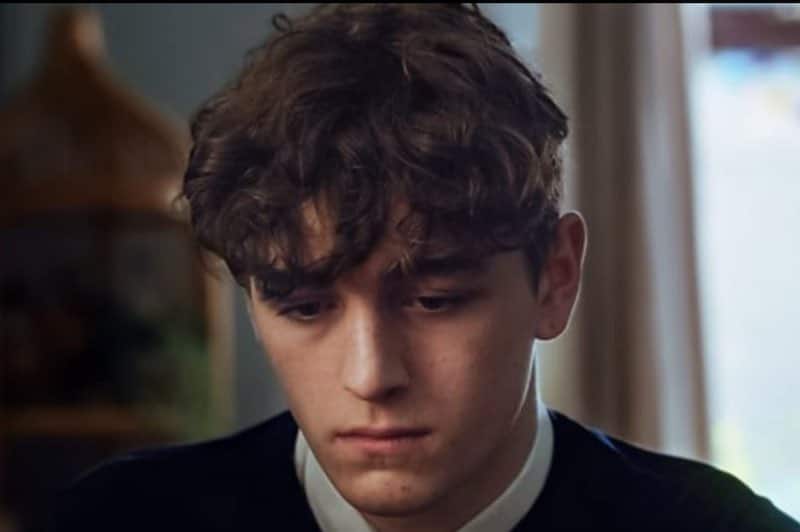
Fans endured a long gap between seasons of this show. Writer Sally Wainwright said at the end of season 2 that she wanted actor Rhys Connah to grow up. It was important to Catherine’s story to see how Ryan turned out as a person. He’s 16 here and the tallest person in the cast. They were waiting for him to grow, and he grew!
He’s ready to decide for himself if he’s going to follow in his father’s footsteps or stay on the straight path Catherine taught him to follow.
There’s Lots of Danger and Tension
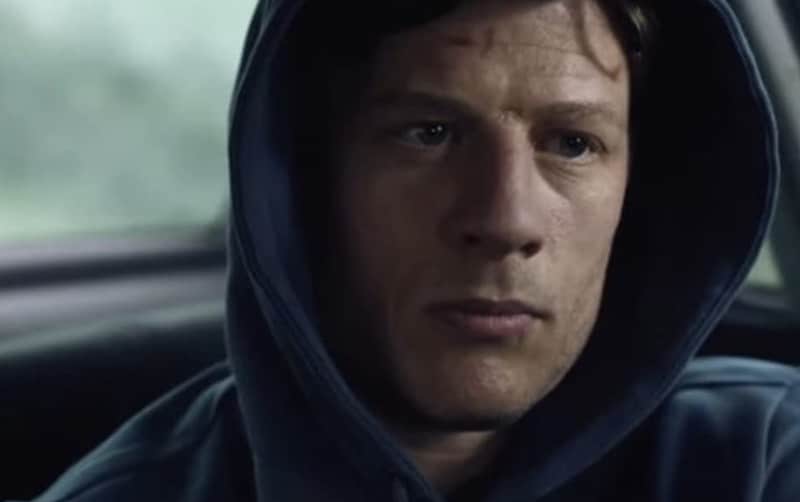
In Episode 5, Tommy Lee Royce escapes. Every scene in this series holds a compelling amount of tension, but with him loose the danger increases. Will he try to kill Catherine? Will he steal Ryan away and hurt him like he tried to do in season 2?
He’s a loose grenade. We’ve seen him rape Ann (Charlie Murphy), drive back and forth over the body of Kirsten (Sophie Rundle), and beat the stuffing out of Catherine. Now he has the potential to do even worse. Episode 5 out of the 6 is where this kind of escalation always happens, and Sally Wainwright takes it to the max in season 3.
The Subplots Eventually Lead Back to Catherine
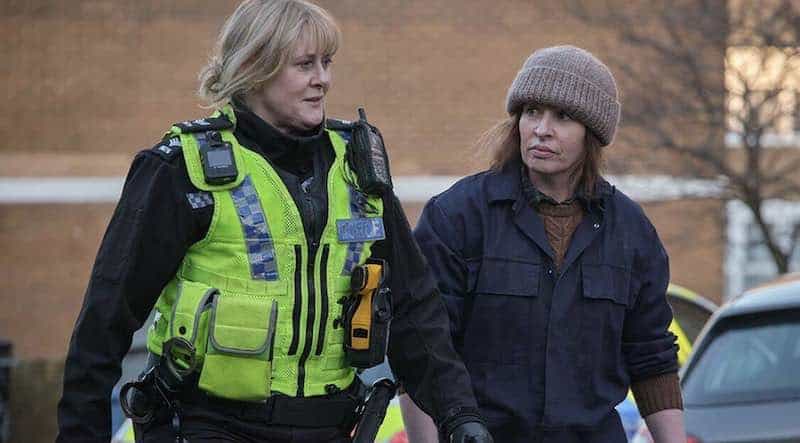
There are several subplots in season 3. One involves Alison Garrs (Susan Lynch), who is recently out of prison. She and Catherine have something approaching a friendship. Alison gives Catherine some information that helps with her police work.
Alison was in season 2 – the mother who shot her son at their farmhouse kitchen table. Her nature vs. nurture storyline is a complete opposite of Catherine’s, but the two of them understand each other.
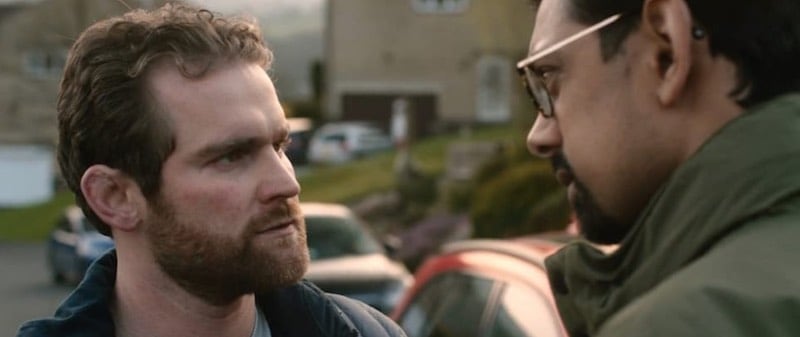
Two new characters in series 3 don’t seem related to each other or Catherine in the beginning, but they become that way before the season ends.
Rob Hepworth (Mark Stanley) is a coach at Ryan Cawood’s school. Joanna (Mollie Winnard) is his wife. He’s an abuser and he mistreats her (and his students). Joanna is addicted to prescription drugs.
Joanna gets her drugs from a dodgy pharmacist named Faisal Bhatti (Amit Shah). Faisal has other problems in addition to the illegal drugs he’s dealing. One of them relates to the drug lords in the Knezevic gang.
Sally Wainwright creates a constellation of interesting and diverse characters and puts their stories in motion around Catherine and her troubles with Ryan and his killer of a father. She resolves all those stories in the best possible way because Catherine Cawood is the best possible cop and best possible grandmother.
The Perfect Ending

At the end of season 3 Catherine is happy and free. She’s retired, she’s on her way to the Himalayas in a new vehicle as she stops by for a goodbye at her daughter’s grave.
Tommy Lee Royce is dead and gone.
Ryan is a great kid with a good head on his shoulders and is not about to follow in his biodad’s footsteps.
Catherine Cawood’s world is finally put to rights. All the pain and struggle since her daughter’s suicide have come to a hopeful and affirming place. The final stage of the grieving process is acceptance, and Catherine seems to finally be there.
Perfect!
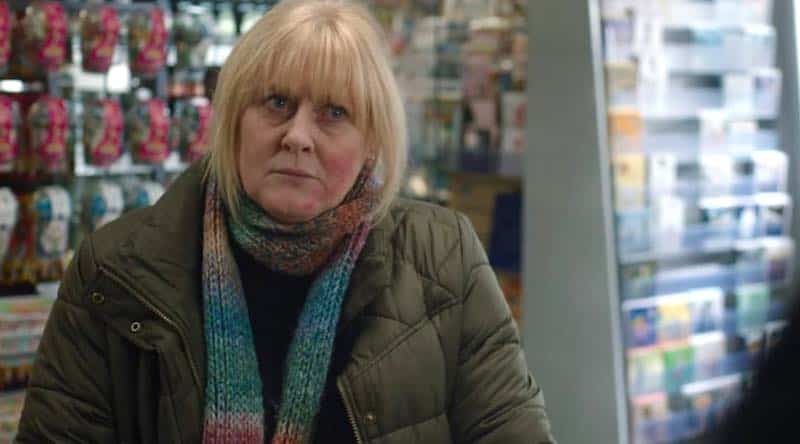
what streaming service is this on?
All three seasons are available on AMC+ and Acorn TV in the US. Sometimes you can catch it on BBC America, but I don’t know about right now. It will eventually hit Netflix.
I am hesitant, but nonetheless compelled, to say I am among the half dozen or so viewers on the planet who were less than fully happy with Happy Valley series 3. Oh well, it happens.
I start with the explanation that, these days, TV shows and movies have become for me as much spiritual practice and philosophical exploration as entertainment. My perspective is: If I am going to spend my time (far more of it behind me in this lifetime than lies before) and energy (less abundant than it once was) on something, it has to mean something. It has to mean a lot of Something. Happy Valley series 3 did meet this personal standard – but only to a point and differently from series 1 and 2.
As I binge-watched series 3 (twice more than two months apart), my dominant thought was that the writing was a notch or two below series 1 and 2. In series 3: the main plot which had powerfully driven series 1 and 2 (Catherine’s quest to protect and nurture her grandson) was defused by the plot goal of the showdown with Royce; the pharmacist subplot did not strongly support the main plot, resulting in a loss of story pace and focus; Catherine’s characterization was altered from admirable Warrior Woman to loathsome bitter avenger, so much so that it felt subversive. Additionally, there were rich psychological and spiritual themes available to explore that were ignored, or simply not recognized. For these reasons, series 3 was not the immersive experience for me that the first two were.
I read that Sally Wainwright intended series 3 to be a character study of Catherine. In fact, it was more a character study of Ryan – will he or won’t he turn out like his dad. In series 1 and 2 we relished Catherine’s nobility of character. Here in series 3, we saw some of her endearing warmth, courage, compassion and competence, but mostly on display were her bitterness, cynicism, mean-spiritedness, and almost total lack of self-awareness. Revealing her flaws was absolutely necessary for character study. However, the deeper emotional payoff in character study is witnessing the character’s self-realization, and achieving their success through their own inner efforts and external actions to, in effect, vanquish their major flaw or foe. That is not what we saw here.
*[This paragraph contains spoilers.]* Instead, Catherine’s realization was about Ryan, not herself. We saw Catherine’s foe vanquish himself. We were left to believe, and accept, that it was through Tommy Lee Royce’s death that Catherine achieved her measure of inner peace. That is not an inner victory worthy of a Warrior Woman, or evidence of the Fierce Feminine consciousness that can, and should, lift a story beyond banality.
I came away from series 3 with a diminished view of Catherine (though still absolutely loving the character). Her profound grief over the loss of her daughter had always been completely understandable. Her protection of her grandson, totally admirable. Nonetheless, the truth is she victimized and betrayed herself for most of those sixteen years through her failure and inability to heal, and thus grow. She did not learn how to grieve and never sought help in learning. She didn’t do the inner work. That was not Tommy Lee Royce’s doing; it was her own. In that sense, she was a worse enemy to herself than Tommy Lee Royce could ever be. I expected these thematic elements (or more honestly wanted them) to be her deepest realization; the thrust of the story.
At the end of the series, by traditional storytelling standards, Catherine was triumphant; but by the new standards of the Fierce Feminine – the kind of stories I hope women storytellers will begin to tell – she was not. She got a measure of vengeance, but she was not transcendent. But I can’t very well criticize a story that was not intended to be told. Just saying what would have given the story meaning (for me), and elevated it to new heights of enjoyment.
I’ll end by saying three things:
(1) Sally Wainwright. My critique in no way is meant to overlook or diminish her brilliance as a writer. I admire and appreciate her ability to create strong female characters, funny and believable dialog, and her talent for balancing the serious with the funny.
(2) Siobhan Finneran. Yes, she was excellent in this role. It’s not easy to credibly play simple-minded and daft. She hit the emotional notes and displayed the facial expressions very well. It also helps that she looks enough like Sarah Lancashire that she could actually be her sister. Their rapport in each of their scenes was a true joy to watch.
(3) Sarah Lancashire. Absolutely amazing actress! As I mentioned above, I binge-watched Happy Valley series 3 twice. The first time I watched, I had the overwhelming experience that her performance was listless, lethargic. I was unimpressed. On second viewing, I realized that what I was actually watching was proof of just how great an actress she is. She totally embodied who and what Catherine Cawood was at that stage in her life – drained and exhausted. Duh. How could I have not seen that the first time around? This performance is an excellent example, I think, of why Lancashire once said that (paraphrasing) Catherine Cawood is a role she cannot (and should not) always do. Takes a lot out of her, I’m sure.
Thanks for ‘listening’!
Thanks for your thoughtful and insightful comment. You made many good points that I had not thought about. I too would have liked to see Catherine vanquish Tommy in some way other than simply allowing him to light himself on fire. Overall I was happy with the season, but appreciate your points.
Thanks for the feedback, Virginia.